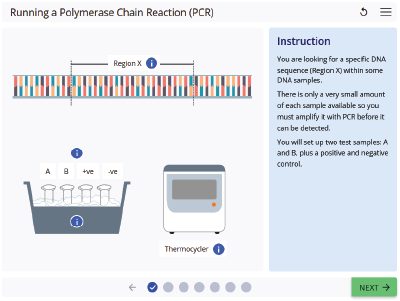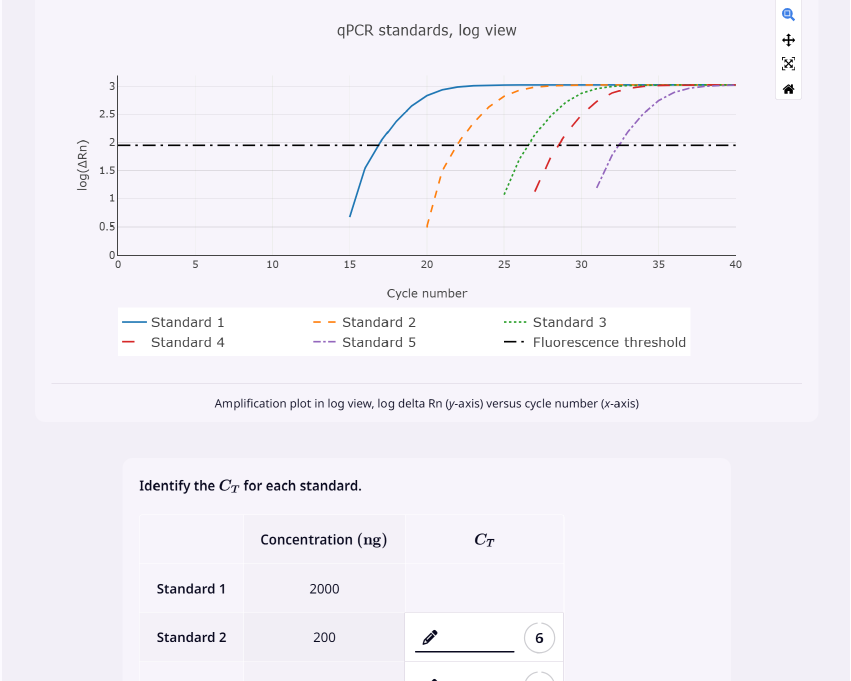
No items found.
Explore the fundamentals behind qPCR data analysis. In a novel scenario, define and build a qPCR cycle plot, calculate cycle threshold, build and plot a standard curve and quantify an unknown sample. Use the data you collect to reach an evidence-based conclusion in context of the scenario.
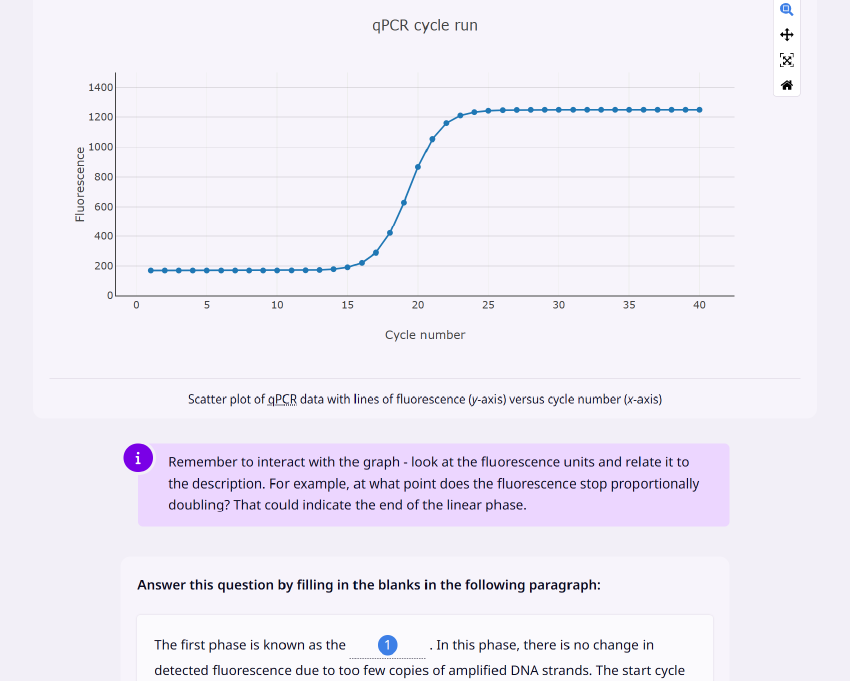
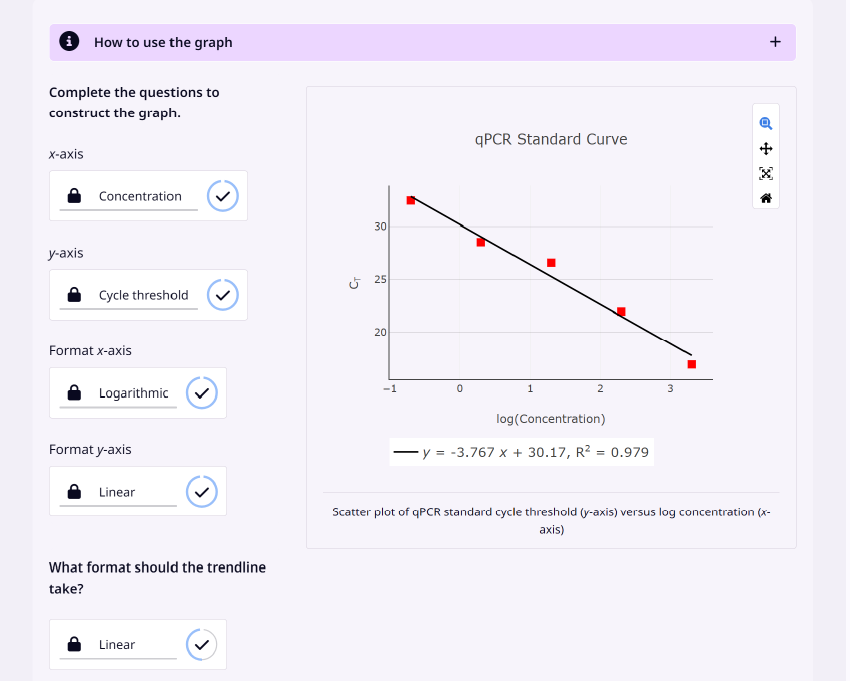
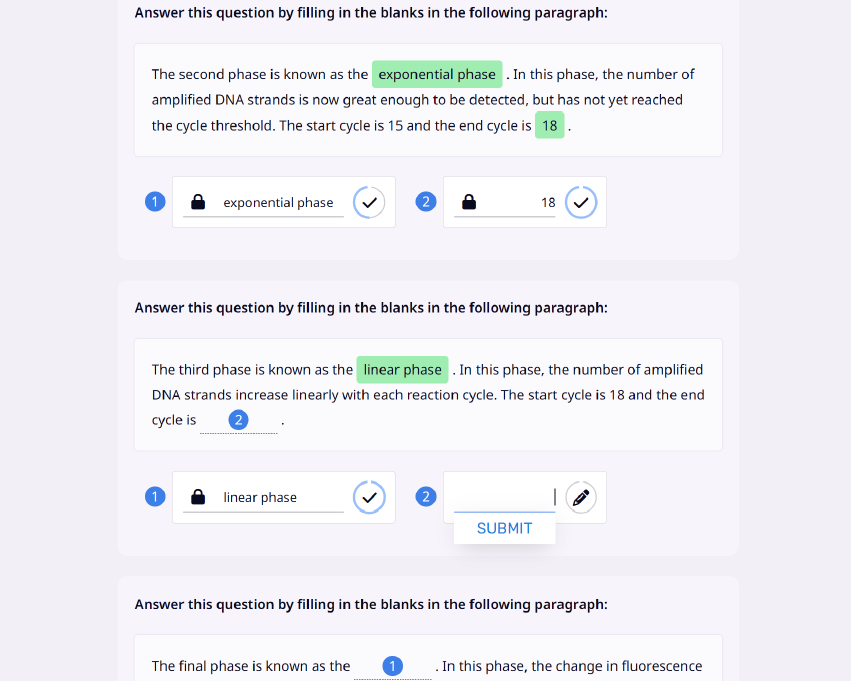








.jpg)
.png)

